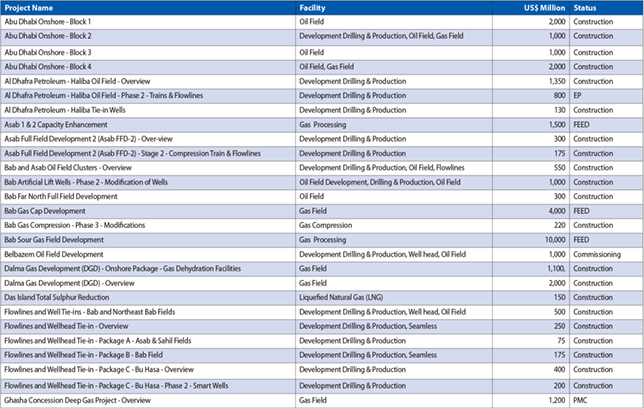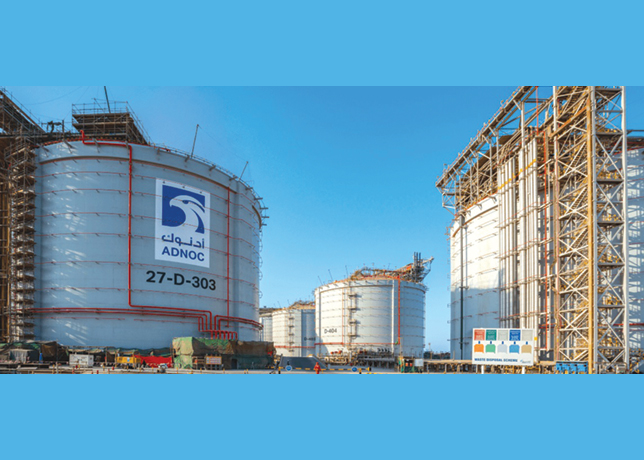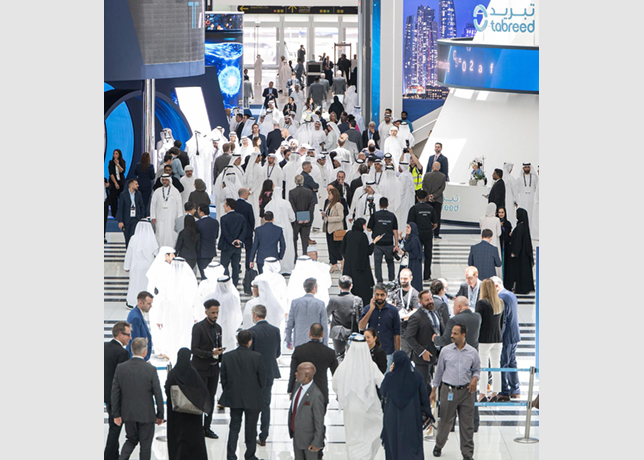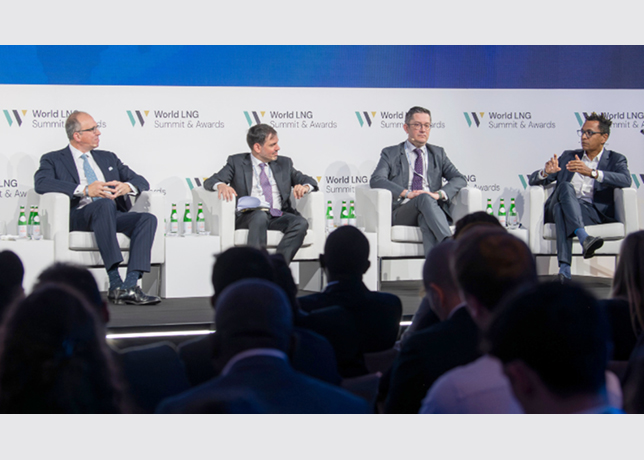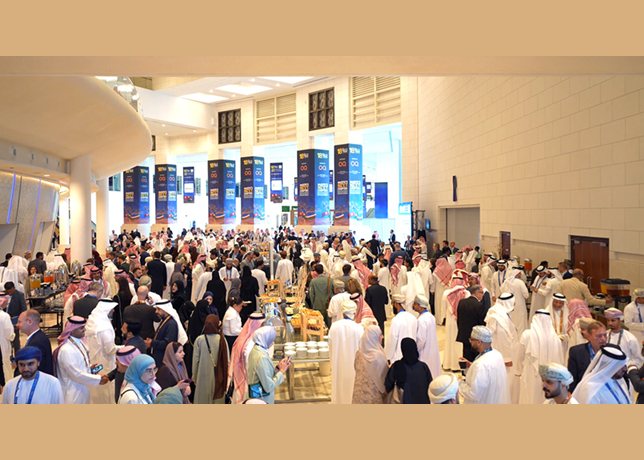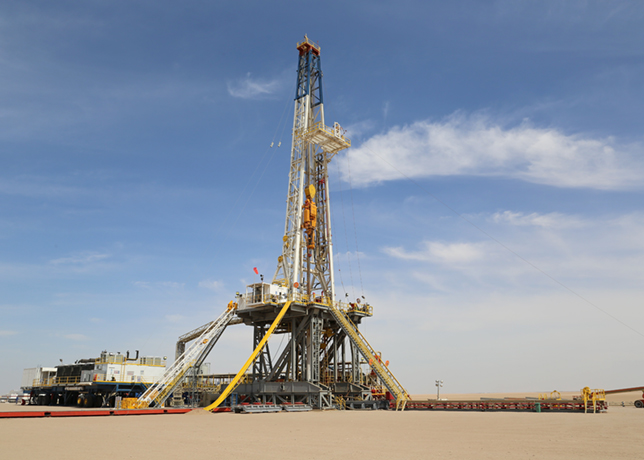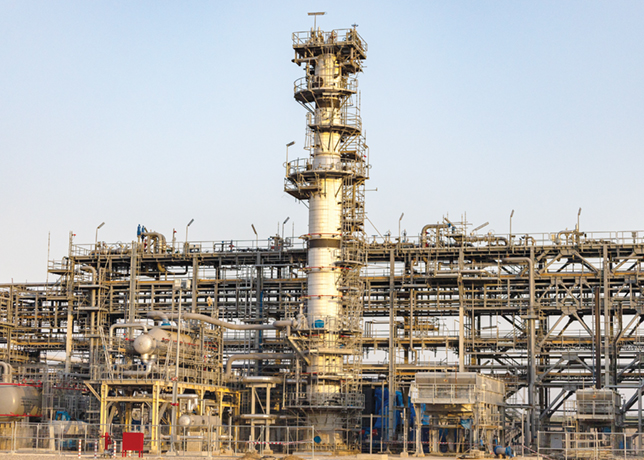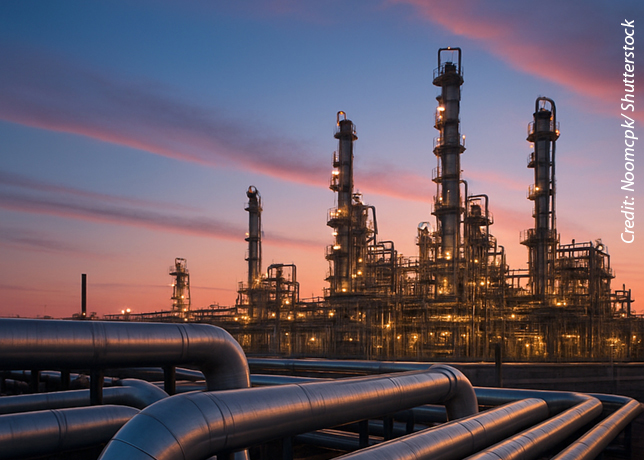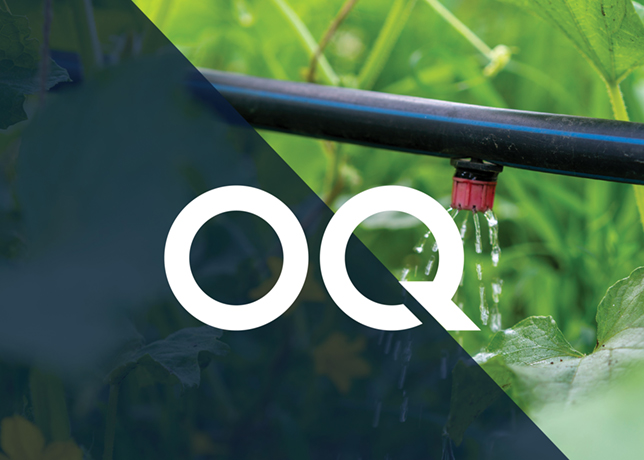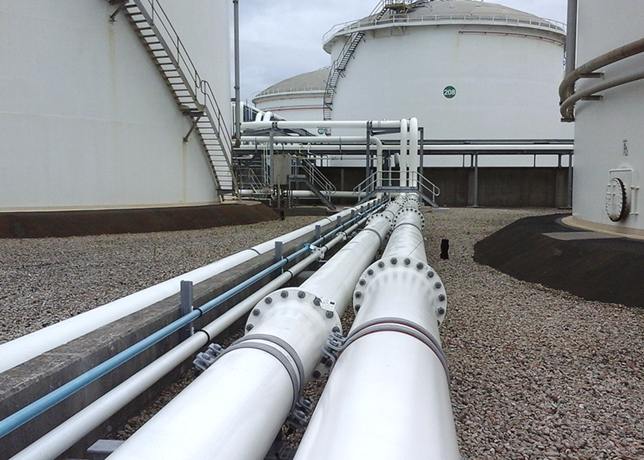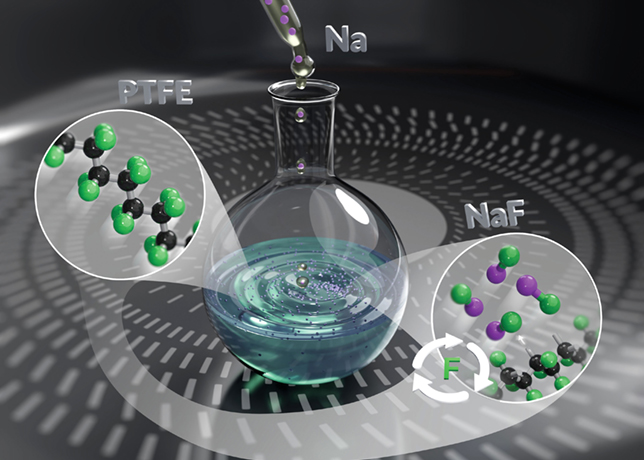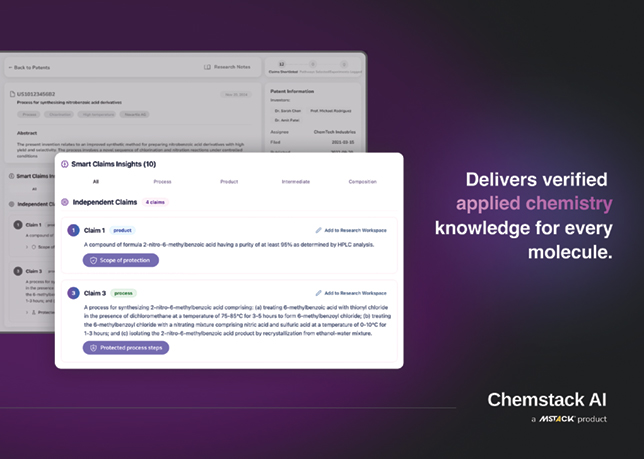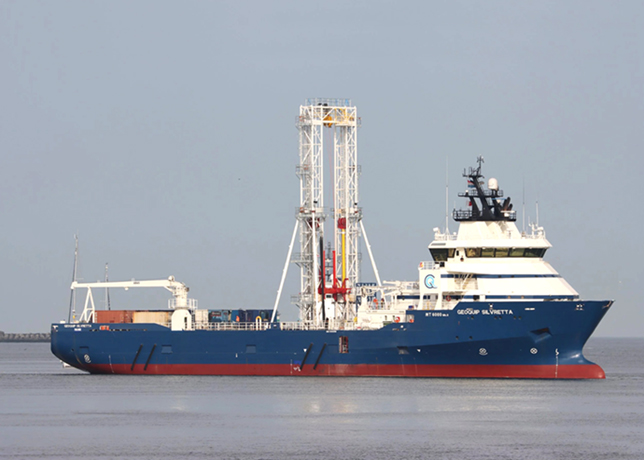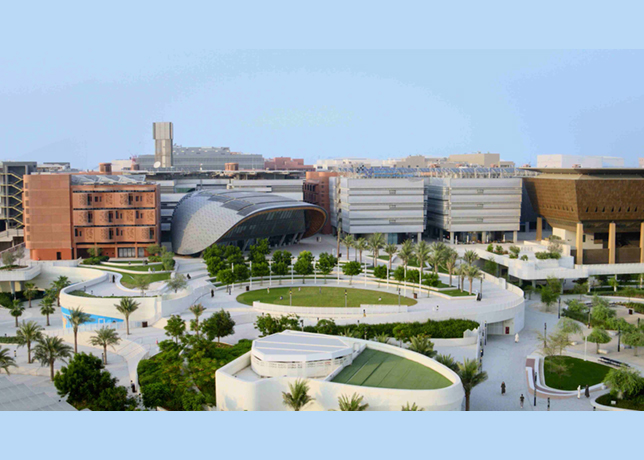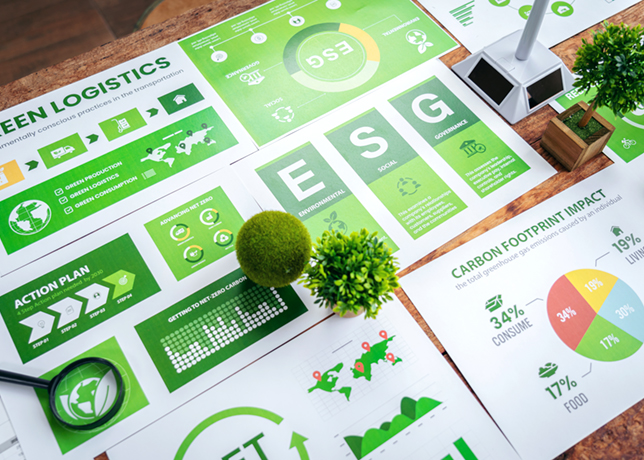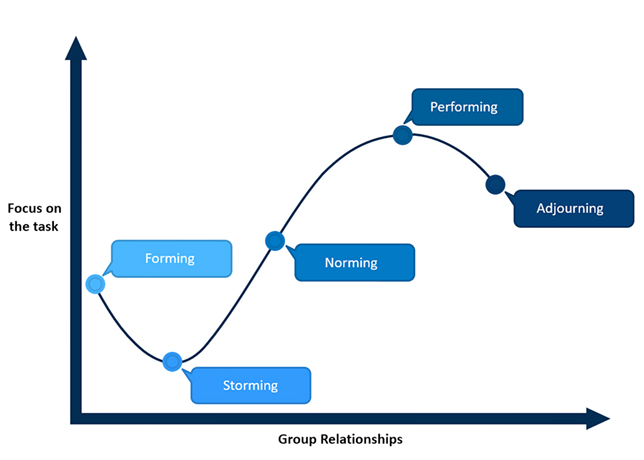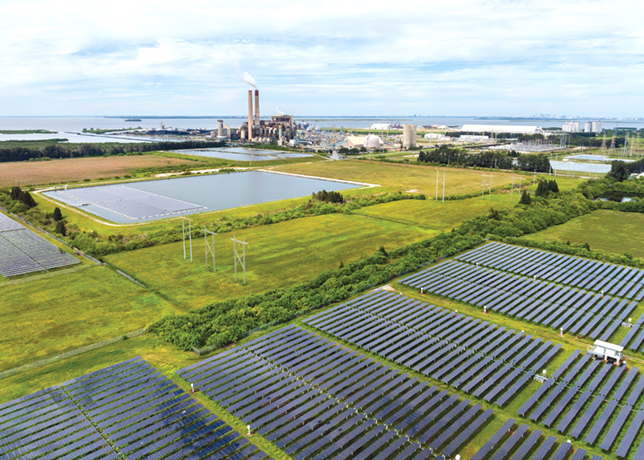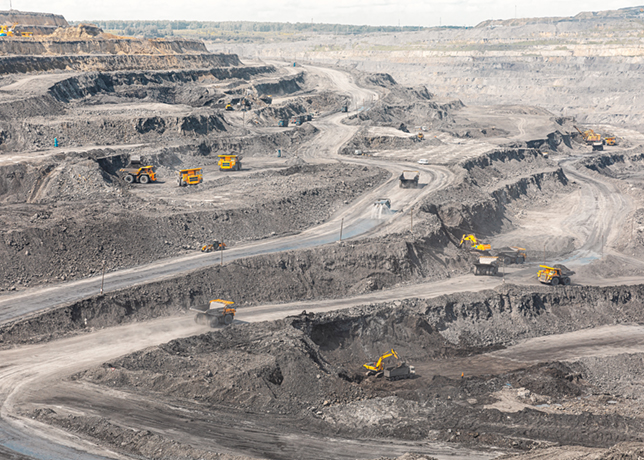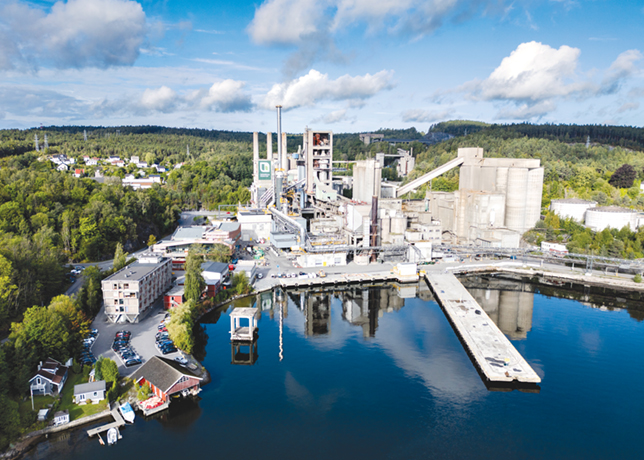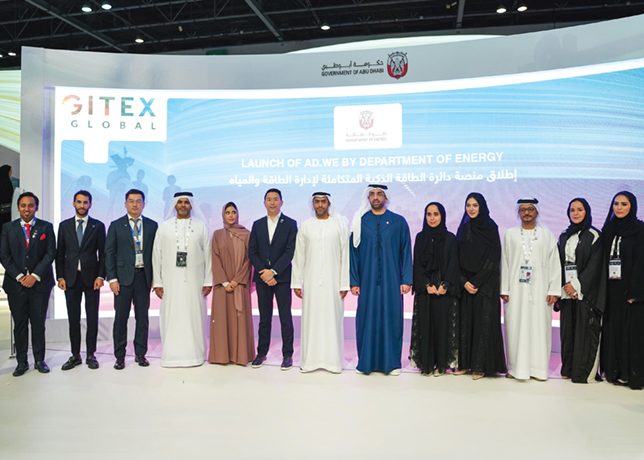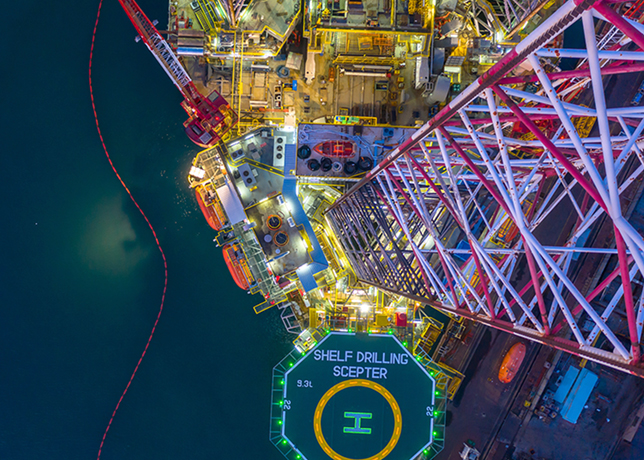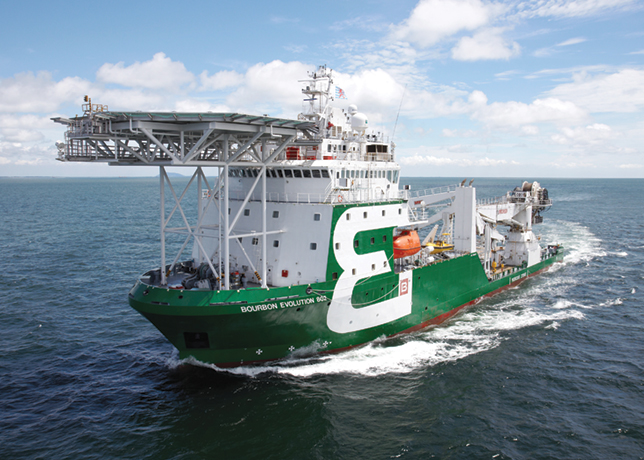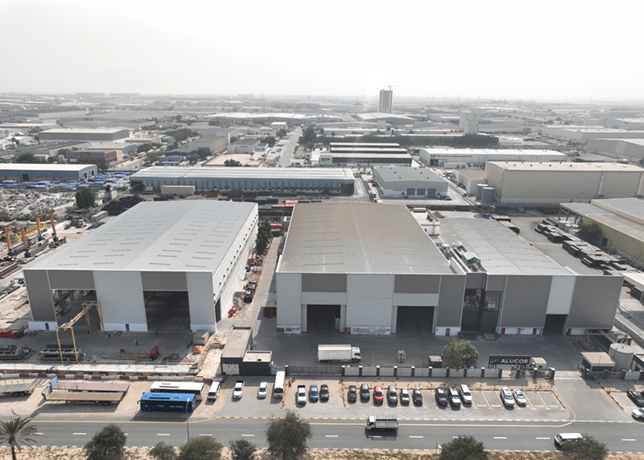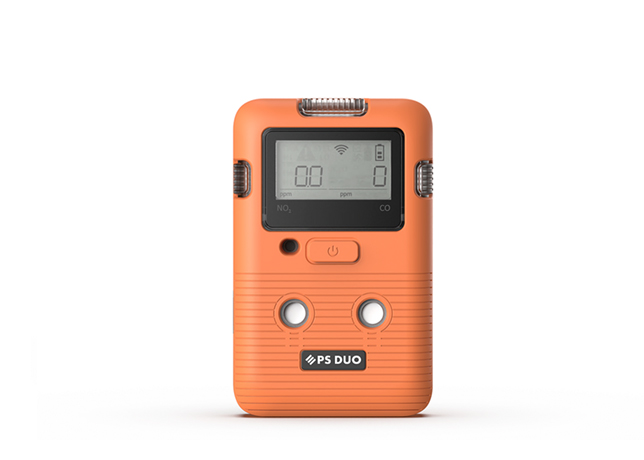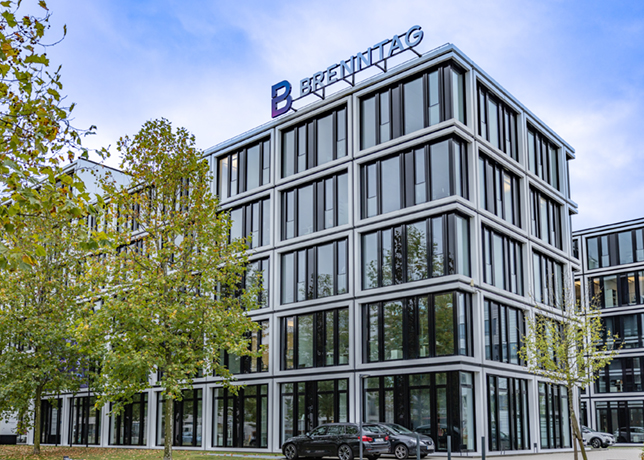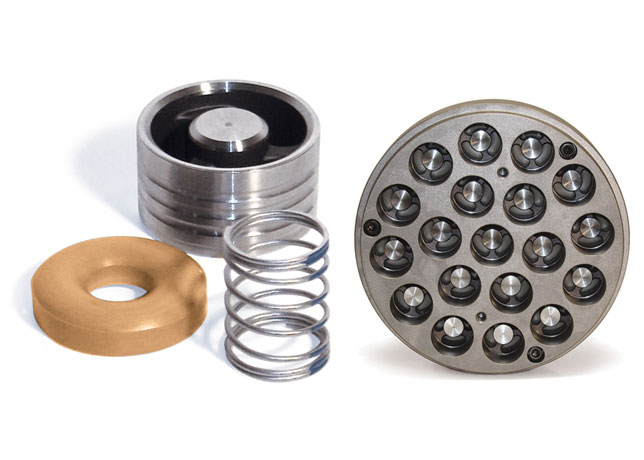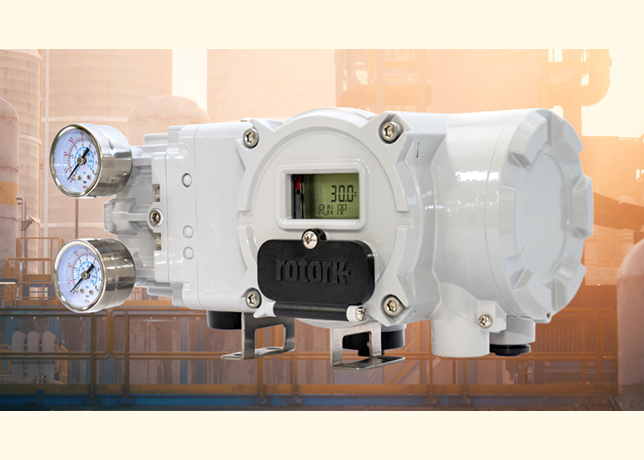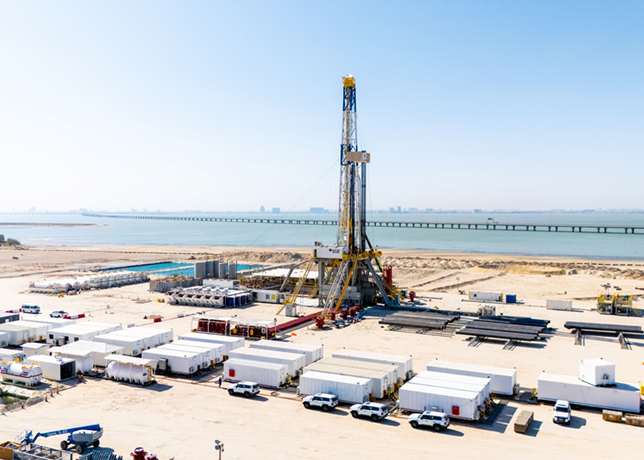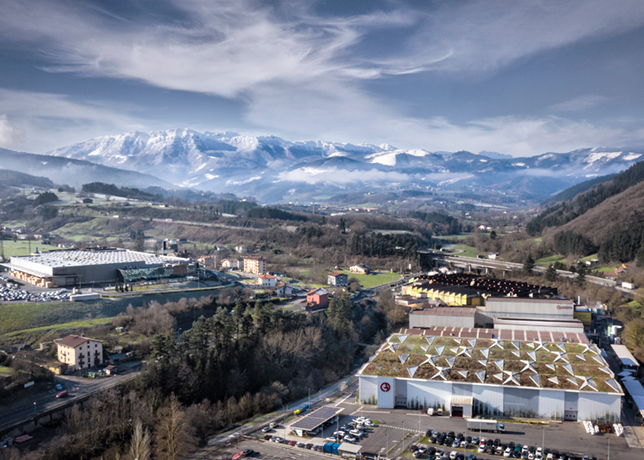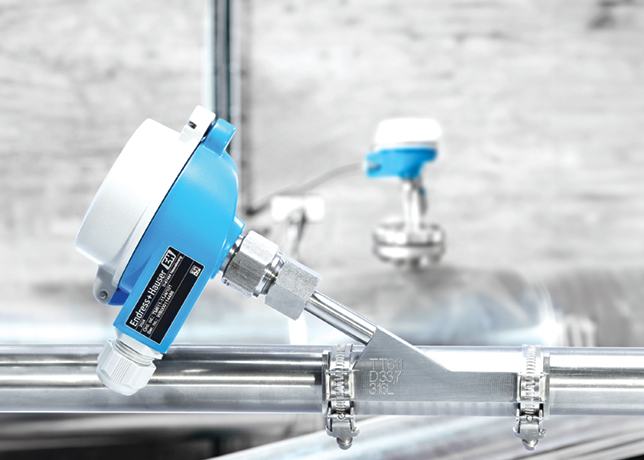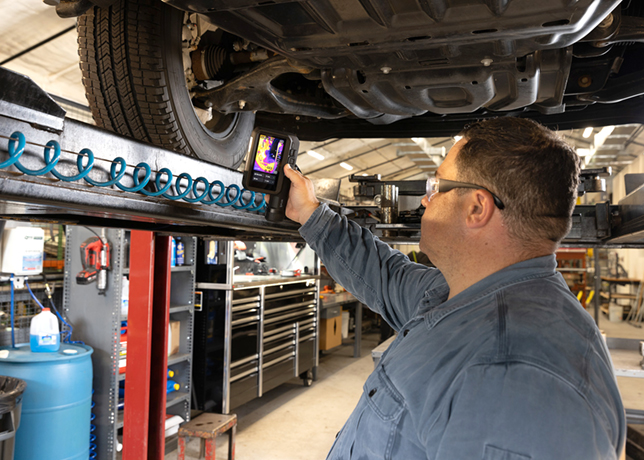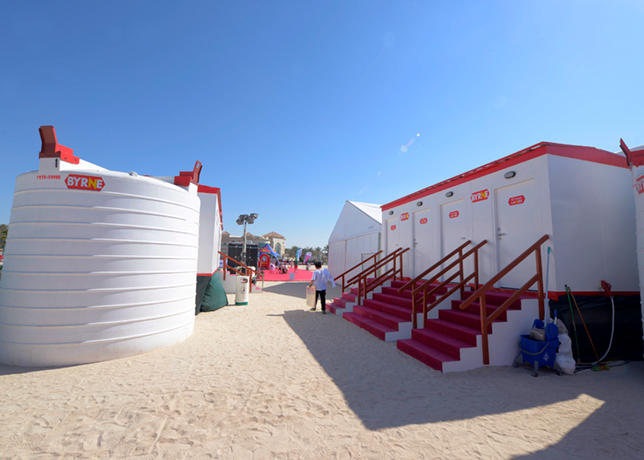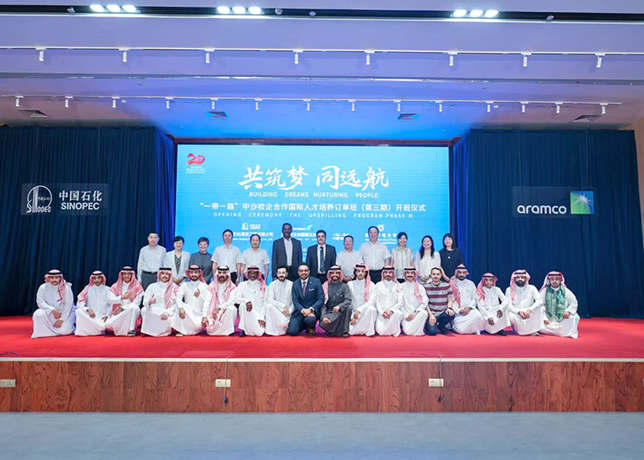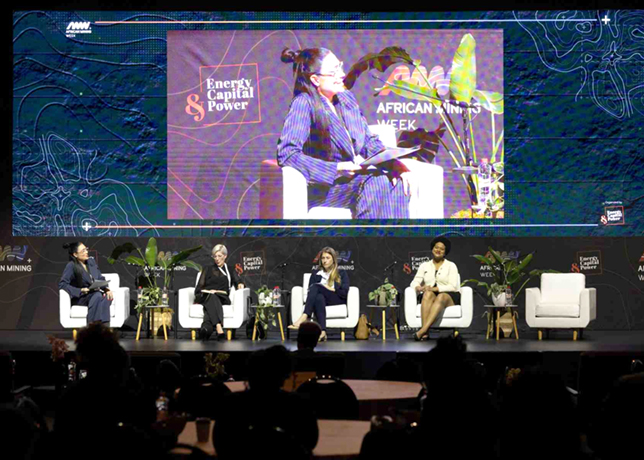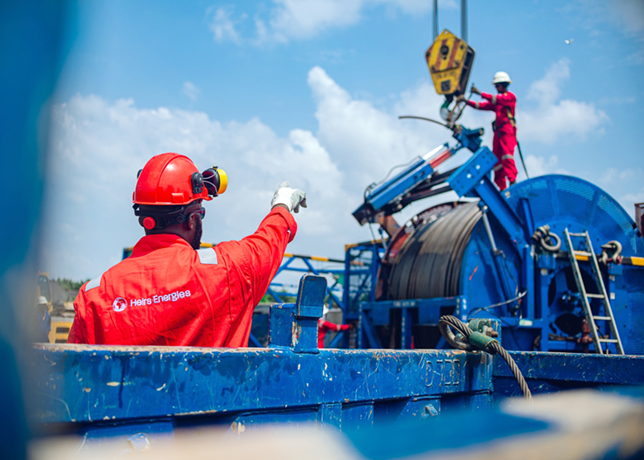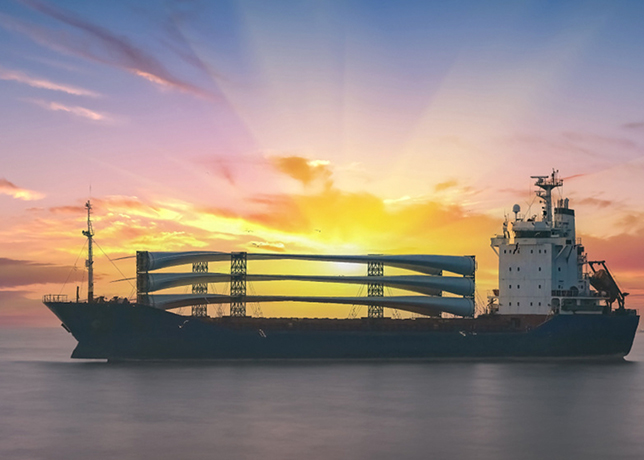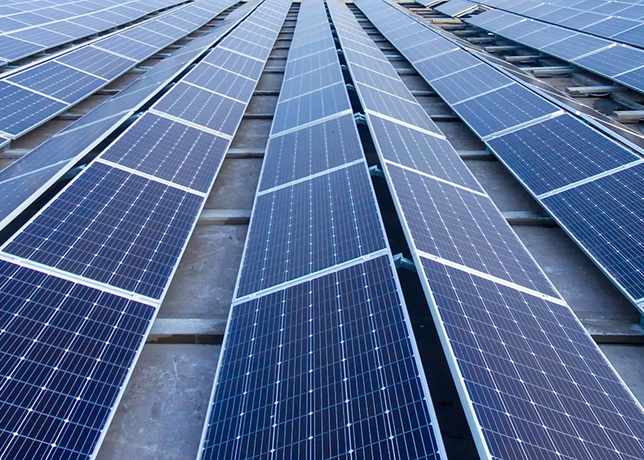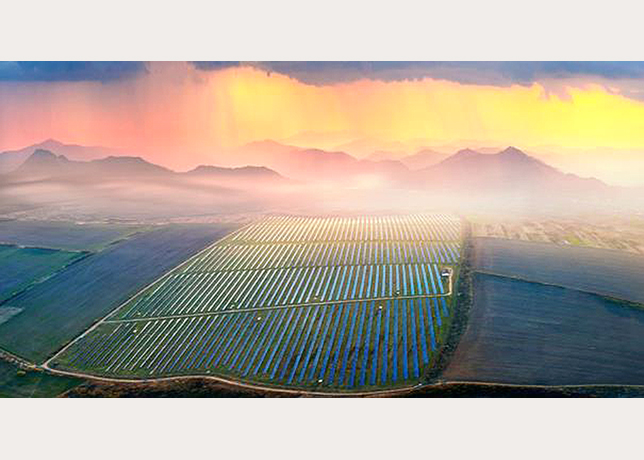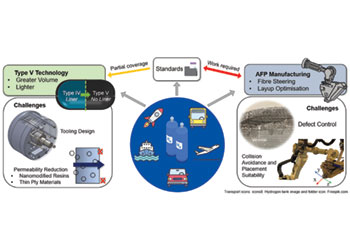
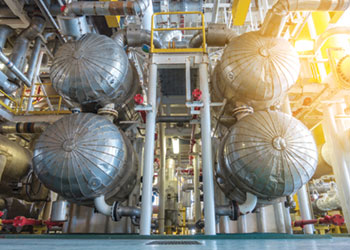
Growth will be driven by increasing industrial demand, however, manufacturers need to address challenges related to safety, environment and competition from alternative technologies to stay competitive in the market
From $38.6 billion in 2022, the market for pressure vessels is forecast to swell to $69.8 billion by 2032 at an annual growth rate of 4.50 per cent.
This expansion will be driven by various factors, including the increasing demand for energy and power, the growth of the chemical processing industry, and the need for safe and reliable storage and transportation of gases and liquids, says a report by Prophecy Market Insights.
Growing oil exploration activities, coupled with increasing investment in establishing proper infrastructure for such actions, are expected to support growth over the forecast period.
There is increasing demand for pressure vessels in industries such as oil and gas, chemical processing, power generation, and water treatment.
Meanwhile, growth in the energy and power generation sector is driven by the growth of the energy and power generation sector, as pressure vessels are required for the storage and transportation of various gases and liquids used in these industries.
Manufacturers need to address the challenges
related to safety, environmental concerns, and competition
from alternative technologies to stay competitive
Because of the critical functions these containers serve, government authorities across the globe have put in place stringent regulations and restrictions for the manufacture, installation, and operation of pressure vessels.
And while this might restrain growth, it also will lead to increased demand for high-quality, safe, and reliable pressure vessels.
In addition, the development of advanced materials and technologies has led to the production of pressure vessels with better performance and durability, which has further driven the growth of the market.
RESTRAINTS
Several materials, including steel, steel alloys, nickel, nickel alloys, titanium, tantalum, aluminum, and zirconium are used to build pressure vessels. Thea availability of these resources is therefore crucial to the market.
As these minerals are mined, any substantial changes in the mining sector are likely to have a direct effect on the pressure vessel market.
The manufacturing and maintenance of pressure vessels can be expensive, which can limit their adoption in small and medium-sized enterprises.
Additionally, they are subject to high pressures and temperatures, which can pose safety risks if they are not designed, manufactured, and operated properly.
There are also associated environmental concerns. The manufacturing and use of pressure vessels can generate hazardous waste materials and emissions, which can pose environmental risks if not properly managed.
Strict emission standards related to pressure vessels and volatile raw material prices, halt on new conventional power plants, and focus on renewable energy projects are other restraints.
Lastly, pressure vessels face competition from alternative technologies such as cryogenic storage and containment systems, which maybe more suitable for certain applications.
MARKET SEGMENTATION
Pressure vessels are enclosed containers that hold liquids, vapours, and gases at a pressure significantly higher or lower than the ambient pressure.
They are used in various industries such as oil and gas, chemical processing, power generation, and water treatment. They also have applications in industries such as agriculture, marine, paper and pulp, aerospace, food and beverages and pharmaceuticals.
The containers come in different shapes and sizes and are made from a variety of materials, including steel, stainless steel, aluminum, and composite materials; and are designed to handle various types of gases and liquids, including toxic and hazardous substances.
Based on product type, the market is segmented into boilers, nuclear reactors, separators, and others.
Geographically, the market is dominated by the Asia Pacific region, followed by North America and Europe.
The demand for pressure vessels in Asia Pacific is driven by the growth of the chemical processing and power generation industries in countries such as China, India, and Japan.
The power segment is expected to hold the largest market share owing to the growing use of boilers in steam generation processes. Emerging markets such as Asia Pacific, South Asia, Middle East and Africa, and Latin America are expected to be the main drivers of this growth.
North America is expected to be the second-largest and fastest-growing market due to the growing need for petrochemical-derived products and oil and natural gas resources, upgrade of aging power infrastructure, as well as the growth of the chemicals industry.
There are several key players operating in the global pressure vessel market. These include Samuel Pressure Vessel Group, Doosan Heavy Industries and Construction, Mitsubishi Heavy Industries, Bharat Heavy Electricals, Larsen & Toubro, Westinghouse Electric Company, General Electric, Halvorsen, IHI Corporation, Pressure Vessels (India), Alfa Laval, and Babcock & Wilcox Enterprises.
CONCLUSION
Overall, the pressure vessel market is expected to grow in the coming years, driven by the increasing demand from end-user industries and advancements in materials and technology.
Opportunities for new entrants have arisen as a result of the increasing demand for bespoke vessels, particularly in developed nations.
Also, in recent years, the demand for ASME (American Society of Mechanical Engineers)-certified items has increased due to agencies' growing knowledge of the regulatory standards.
Manufacturers, however, need to address the challenges related to safety, environmental concerns, and competition from alternative technologies to stay competitive in the market.
By Abdulaziz Khattak



